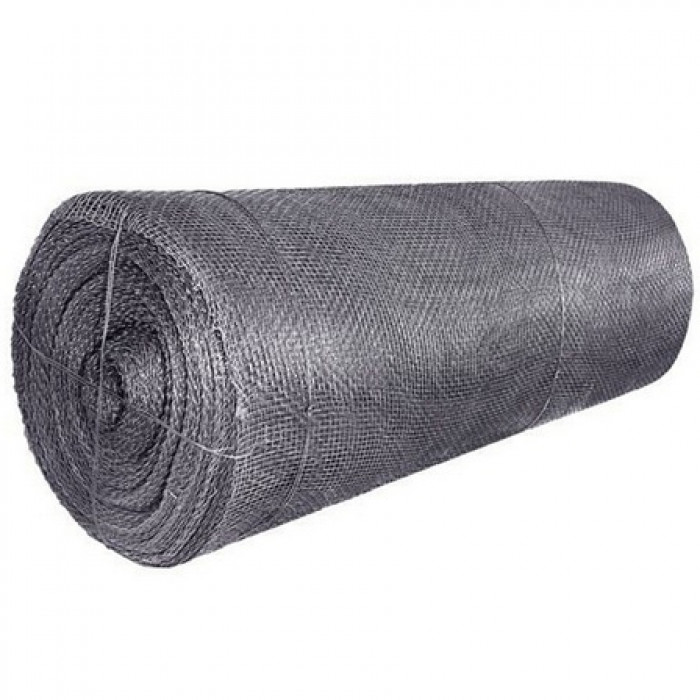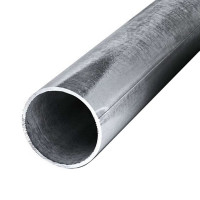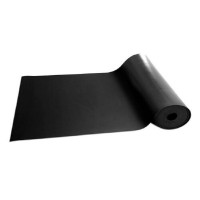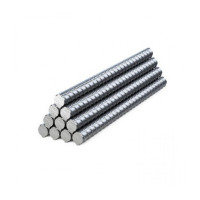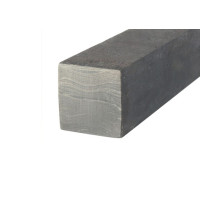Zviahel (Novograd-Volynsky) mesh woven stainless, filter 08X18H10T, brass, galvanized, steel, welded
Woven stainless steel mesh is presented in the form of steel wire, which can be interlaced in the form of rectangles, rhombuses or squares. For its manufacture, special machines are used that allow interlacing at different angles. Stainless woven mesh has another name - filter mesh. This is due to the fact that it is often used for screening any materials in various industries and construction. In its production, state standards 3826 are observed. When creating a stainless woven mesh, high-alloy steel wire is used.
Stainless woven mesh is produced by weaving into square cells of wire with the same thickness. Due to weaving, defects can occur, which are loops, which are the results of weaving. With proper production, there should not be more than two defects per square meter. The mesh should not have mechanical breaks or folds. Woven stainless mesh has the following technical properties:
The wire should have a diameter of 0.025-3 mm
Cells can be 0.026-30 millimeters
Length: 10-30 m2. (mesh is measured in rolls)
Finished canvas: 100-150 cm.
Very often, such a mesh is used in farming, for air filtration, as well as for screening bulk materials. Also, stainless woven mesh is actively used in industry during the repair or installation of equipment. In refineries, it is used to filter various gases and liquid solutions. This mesh is often placed on the bottom of any containers in order to screen all kinds of materials. Stainless woven mesh is also used in the space pharmaceutical and engineering fields as filters. In the mining industry, it is always used to clean mined minerals.
One of the main areas of application of stainless mesh is the construction of various industrial facilities. In poultry farms, it is used to create cages, fences and fences. The grid has a small weight and a very affordable price. Due to this, it is the most advantageous material in comparison with similar products. The stainless woven mesh has excellent wear resistance and is well tolerated in harsh environments. No climatic factors have a destructive effect on it, so the mesh does not lose its properties during the entire period of its use.
This mesh can also be used when washing clay slurries during construction or gardening. In beekeeping, netting is used to provide protection.
GOST 3826-82: requirements for woven fabric
Woven metal mesh according to GOST 3826-82 is made on special machines by perpendicular interlacing of steel wires. The warp wires run along the web and cross the weft wires, which are located across. It turns out a wire mesh of plain weaving with square cells 0.4–20 mm in size.
The width of the mesh fabric is from 1000 to 2000 mm. These parameters are also regulated by GOST 3826-82. If you need to buy a mesh with a width of less than 1 m or with an intermediate step that is a multiple of 50 mm, make a request and we will agree on the dimensions with the manufacturer.
The following are not allowed in the plain weave mesh:
missed wires in the grid;
breaks, kinks, mechanical damage to the mesh;
stitched sections.
What does GOST 3826-82 allow in wire meshes:
kink at the beginning of the roll;
splicing the ends of the wire;
wire thickening: only for stainless steel woven meshes, GOST 3826-82, high density, but not more than 0.01 mm for the section thickness;
twists, loops, ticks: up to two defects in nets No. 4-4.5 from group 1 and in all product numbers from group 2; maximum one defect for grids No. 5–20.
The thickness of the wire section along the edge of the roll is determined by the mesh manufacturer, GOST 3826-82. Woven products are folded into rolls: roll weight - up to 80 kg, the number of individual pieces of mesh - up to 5 pcs. in a roll, the length of one segment is at least 1 m.
Conditions for labeling, transportation and storage
The finished woven metal mesh, according to GOST 3826-82, is twisted into a roll, fixed with wire in three places: in the center and along the edges. The product is wrapped in paper, then wrapped with a film or special textile material. In this form, the hardware is stored and transported with minimal risk of damage. The mesh is transported by road or rail.
The marking of the woven mesh, NU GOST 3826-82, indicates:
grid name with symbols;
logo and name of the mesh manufacturer;
product length (in meters);
grid width (in millimeters).
Stainless steel has a number of undeniable advantages. It perfectly resists corrosion, heat-resistant and ductile, despite itshardness. Corrosion resistance is ensured by the presence of chromium in the composition of steel, thanks to titanium, this material becomes quite durable. Stainless steel has a large margin of wear resistance, so it can serve for a very long time without losing its performance characteristics. Stainless steel has a wide application: it is used in construction, food industry and manufacturing, because the material has a relatively good inertness.
Stainless steel not only has excellent performance properties, but is also a very affordable material compared to other alloys. That is why it is often used in industry.
Making stainless woven mesh is just one of the uses for stainless steel. Stainless woven mesh is a metal-rolled product, for the manufacture of which wire is used. This mesh is very durable, its use does not require painting or special treatment with chemicals, so it is very easy to use. There is stainless steel woven mesh and stainless steel welded mesh.
Woven wire nets with rectangular meshes have a different number of wires in the warp and weft and different in diameter. Such meshes are also made in plain and twill weave. Their purpose is similar to grids with square cells.
Filter meshes are designed for dehydration, drying, filtration under vacuum or pressure. The weft wires are close to each other, without forming cells. The weft has a higher density than the warp. At the base, a wire of a larger diameter is used than in the weft. Nets are made in plain and twill weave.
Nets partially corrugated are made with square and rectangular cells of plain weave. Pre-straightened weft on fluting disks mounted on a weaving loom or separately on fluting machines (weft is manually inserted). Grids differ in rigidity and lack of displacement of wires. Grids have been widely used in the separation of bulk materials and rocks.
Grids conveyor are made of a simple interlacing with square and rectangular cells. The base is made of stainless steel wire. Weft has stainless steel wire. Parting is performed either in strands (3-4 cords) into one thigh lumen, or a single cord into the thigh lumen. Scope for drying foodstuffs, various materials and as a conveyor belt.
Strand nets are nets in which strands of wires are used on the warp and weft. An example of such a mesh is 140/1400 monel mesh. There are 5 wires in the warp strand and 7 wires in the weft strand. The mesh is used for mud washing and in oil production.
The "Seed" type mesh is a plain weave mesh with rectangular cells. A single wire is used for the weft, and strands of several wires are used at the base. Warp wires are thinner than weft wires. Used for sifting seeds. Steel mesh is easy to machine, it is cut into pieces of the required size. When working with this product, you should follow safety precautions. Protect your hands with special gloves and your eyes with safety glasses. Buy mesh only from trusted manufacturers who have a license to sell such goods in order to avoid buying fakes. No bends or breaks in the mesh are allowed during production. During production, it is rolled into rolls and pulled together with wire for storage and further transportation. The mesh has high strength and durability, it will serve you for many years. The mesh is used to build fences in the country and vegetable gardens, as well as fences for ducks, chickens and other poultry. It has the following properties: it is resistant to moisture and high temperatures. It is made by welding or interweaving thin steel rods together. The mesh is attached to the posts with wire, tightly screwing it to them. It is better to paint the steel mesh to give it additional protection against rust and to give it a more pleasant aesthetic appearance. The mesh size of the woven mesh ranges from zero point five to twelve millimeters, and the wire diameter from zero point two to one millimeter. The roll can be up to forty-five meters long and from one to one point three meters high. Such a mesh is made by interweaving thin steel rods.
No questions about this product, be the first and ask your question.

